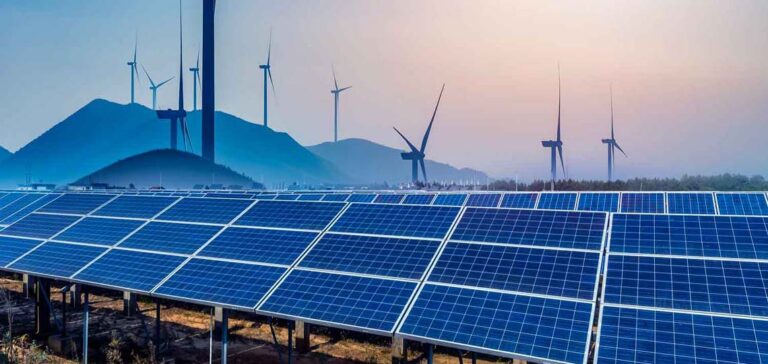Sustainable financial instruments have taken off in a big way, proving to be the pillars of the ecological transition. Since their first issues in the mid-2010s, their volume has increased almost tenfold, with over $1.7 trillion accumulated by 2021. These sustainable debts have become essential for financing green infrastructure projects, stimulating sustainable lending and supporting carbon-neutral initiatives.
Greenium”: the growing appeal of sustainable bonds
Governments and financial institutions have turned to these instruments, attracted by the attractiveness of “greenium”. Similarly, this interest rate reduces green or sustainable bonds. This craze has led to a diversification of sustainable debt instruments. In addition to green bonds, which dominate almost 40% of the market, social, sustainability and transition bonds are also financial vehicles targeting specific ecological projects.
Innovative sustainability bonds (SLB)
Sustainability-linked bonds (SLB) mark a significant development. They offer a more flexible approach, with interests varying according to the achievement of sustainability objectives defined by the issuer. This unique structure is particularly attractive to carbon-intensive industries committed to the ecological transition.
China, a giant in the sustainable debt market
This dynamic is particularly noticeable in China, a key player in this trend, where green bonds have proliferated, reaching a considerable RMB 875 billion (around $120 billion) in one year, elevating China to the world’s second-largest market for green bonds. Green loans have also seen significant growth, accounting for a significant fraction of the total loan market.
Comparison with OECD economies and challenges in China
This Chinese market differs from that of OECD economies, where sustainable finance is mainly the preserve of the private sector. In China, state-owned banks play a leading role, supporting key sectors such as energy and industry, which are predominantly state-controlled. As a result, banking accounts for a much larger share of the total than in OECD economies. In addition, the “greenium” is not very present, reflecting an abundant supply of green projects in relation to demand.
Financing, the cornerstone of China’s climate ambitions
China’s climate ambitions require colossal funding to meet its CO2 emission reduction targets. Heavy industry, transport and energy are key sectors requiring major investment. For industries that are difficult to decarbonize, new financial frameworks and taxonomies are needed, including credible and innovative transition plans.
The rise of sustainable debt is becoming a central component of ecological transition finance. By adapting to the specific characteristics of each economy and sector, these financial instruments play a crucial role in achieving climate objectives. China, with its rapid growth in this field, demonstrates that the alignment of government policies and financial mechanisms is fundamental to a successful energy transition. Only time will tell whether the harmonization of regulations and the evolution of taxonomies will make it possible to meet the financial needs of these climate ambitions.
Here’s the link to the study






















